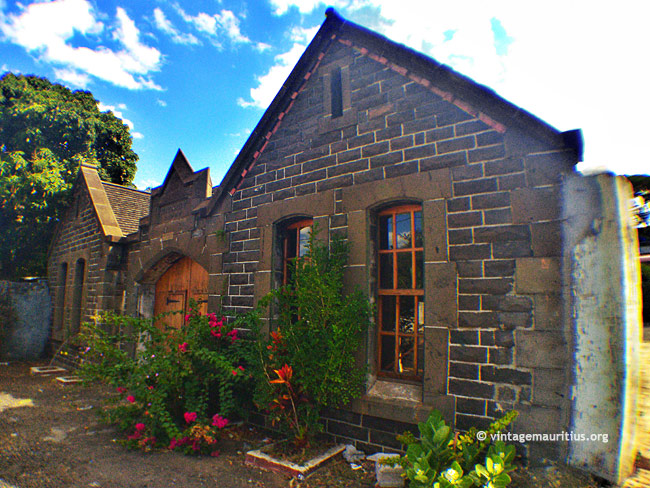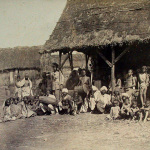
By definition, VAGRANT refers to an itinerant person without a home or regular employment, roaming from here and there, and during the Colonial times, a ‘vagrant’ included those indentured or ex-indentured labourers, or new or old immigrants who did not possess a valid pass or ‘id card’ if it can be said so. At the same time a vagrant was also considered to be a deserter or a labourer who had escaped from his Master’s employment, usually on a Sugar Estate. The ‘Vagrant Depot’, found at Grand River North West (GRNW) in Mauritius was more or less like a prison, previously being the ‘Convict Barracks’. It was opened on the 23rd of February 1864 and stopped operating during the early 1886. Further in 1958 the building was declared a national monument and today the building still exists and is protected under the National Heritage Trust.
At the time of the British Colony, immigrants were brought on a 5-year contract to work in various activities on the island, including cultivation and construction. After their five years of service immigrants who have no visible means of subsistence were required to re-engage, or were sent to the ‘Vagrant Depot’. If after 3 months they still refused to work, they were dealt with as being incorrigible vagrants.
More images of the actual Vagrant Depot as it exists today in 2013. The building is now under the protection of the National Heritage Fund.





Click here to locate the monument on Google Map
Additionally, you can read more on the Vagrant depot following these links:
http://www.aapravasighat.org/othersites_vagrant.htm
http://www.lexpress.mu/article/vagrant-depot-grand-river-north-west
http://www.lexpress.mu/article/ethnic-diversity-vagrant-depot-prisoners





